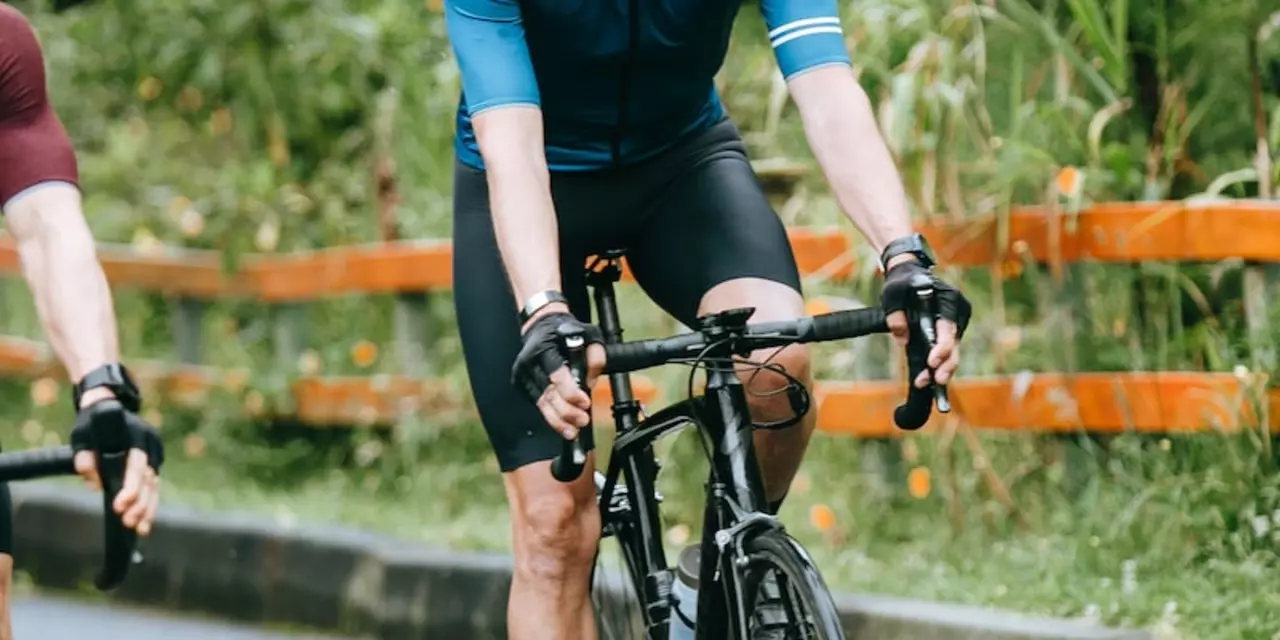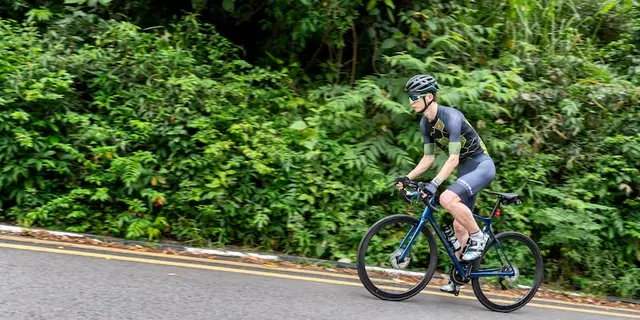Cycling Clothing & Accessories: Find Your Perfect Fit and Gear
When you hop on the bike, what you wear can make or break a ride. The right jersey, shorts, and accessories keep you comfortable, safe, and focused on the road ahead. In this guide we’ll cut through the jargon and give you straight‑forward advice you can use today.
Choosing the Right Cycling Shorts
Shorts are the foundation of any cyclist’s wardrobe, but they’re also the item that trips up most riders. If you’ve ever wondered why they feel weird, the answer is usually three things: fabric, fit, and the chamois pad. Look for a blend of polyester and elastane – it wicks sweat and moves with you. The size matters too; a snug but not tight feel prevents chafing while still supporting the muscles. Finally, the chamois should match your riding style – a firmer pad for long road rides, a softer one for casual rides. Try on a few pairs, pedal a bit in the store, and you’ll quickly spot the one that feels like a second skin.
Essential Accessories for Every Ride
Beyond shorts, a handful of accessories can upgrade comfort and safety dramatically. Gloves with gel padding absorb road shock and improve grip, especially on longer rides. A well‑fitted helmet is non‑negotiable – look for ventilation and a snug strap system. Clip‑less shoes lock into the pedals for efficient power transfer, but if you prefer flat pedals, sturdy shoes with good tread work fine. Don’t forget a lightweight, breathable jersey with pockets for snacks and a phone, plus sunglasses to shield your eyes from wind and glare.
For UK cyclists, weather can change in a flash. A waterproof yet breathable jacket will keep you dry without overheating. Pack a small repair kit – spare tube, tire levers, mini pump – and you’ll avoid many roadside emergencies. If you ride at night, front and rear lights are a must; they’re cheap, easy to mount, and keep you visible to traffic.
Now, let’s talk about layering. Start with a moisture‑wicking base layer, add your jersey, and top it off with a wind‑proof shell when it gets chilly. The key is to stay dry; the body loses heat faster when damp, and you’ll feel miserable on the bike.
One common mistake is buying gear based solely on looks. Sure, a bright jacket looks cool, but if it’s heavy and doesn’t breathe, you’ll regret it after a short ride. Choose items that balance performance and style – you’ll look good and feel good.
When you’re ready to upgrade, read a few real‑world reviews. Riders often point out details that specs sheets miss, like how a zip feels when you’re in motion or whether a glove’s padding stays in place after a few hundred miles. Community forums and local clubs are gold mines for honest feedback.
Finally, keep your gear clean. Wash jerseys in cold water, air‑dry them, and avoid fabric softeners – they can reduce wicking ability. For shorts, follow the manufacturer’s care label, and let the chamois air out after each ride to prevent odor buildup.
With the right clothing and accessories, every ride becomes smoother, safer, and more enjoyable. Pick gear that fits your body, matches your riding conditions, and you’ll notice the difference from the first kilometer. Ready to upgrade? Start with a comfortable pair of shorts, then layer on the accessories that solve your biggest pain points. Happy riding!



